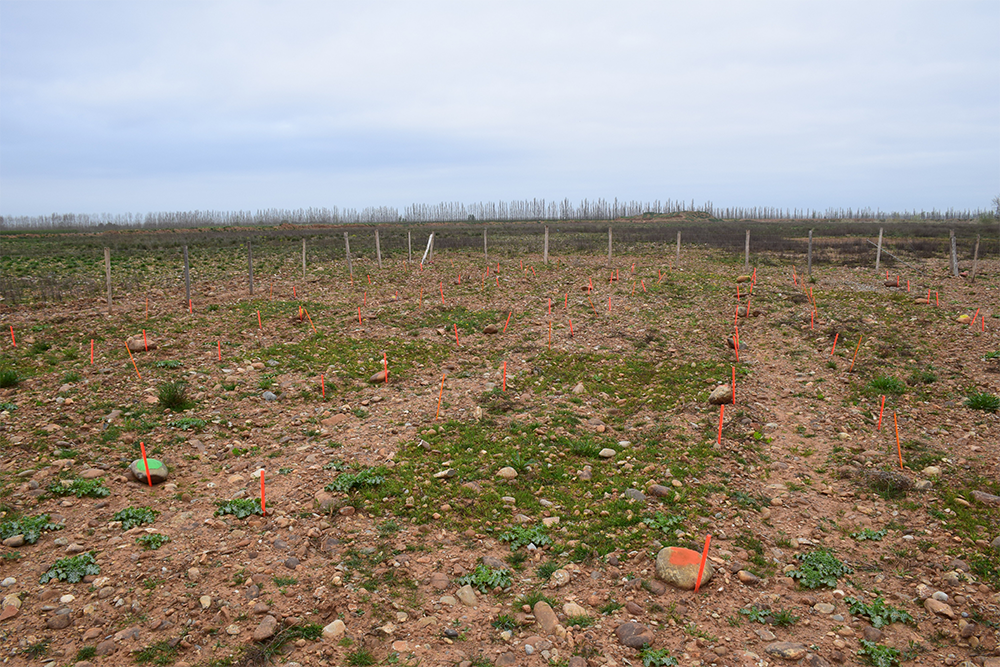
In addition to the transfer of "ecosystem engineer" species, it is also the products of their actions on the ecosystem that could be used for restoration when the reintroduction of species and habitat modifications are not enough (Saby et al, 2024). This is how we recovered the reserves rich in viable seeds, stored by the ants next to their nest and tested the spreading of these "dumps", both in the greenhouse and in the field. in situ in four restoration sites on the Crau plain compared with the use of a mixture of commercial seeds and a transfer of hay harvested nearby. It only took six months to measure the differences, as shown by the publication in the journal Land Degradation and Development at the beginning of 2025, then reprinted in the magazine " For Science ". With the ant dumps, the grassland regains a greater species richness, with a composition closer to the reference plot, than with the commercial mix. Here's what Léa Saby, who carried out this research as part of her doctoral thesis at the University of Avignon, has to say about it.
